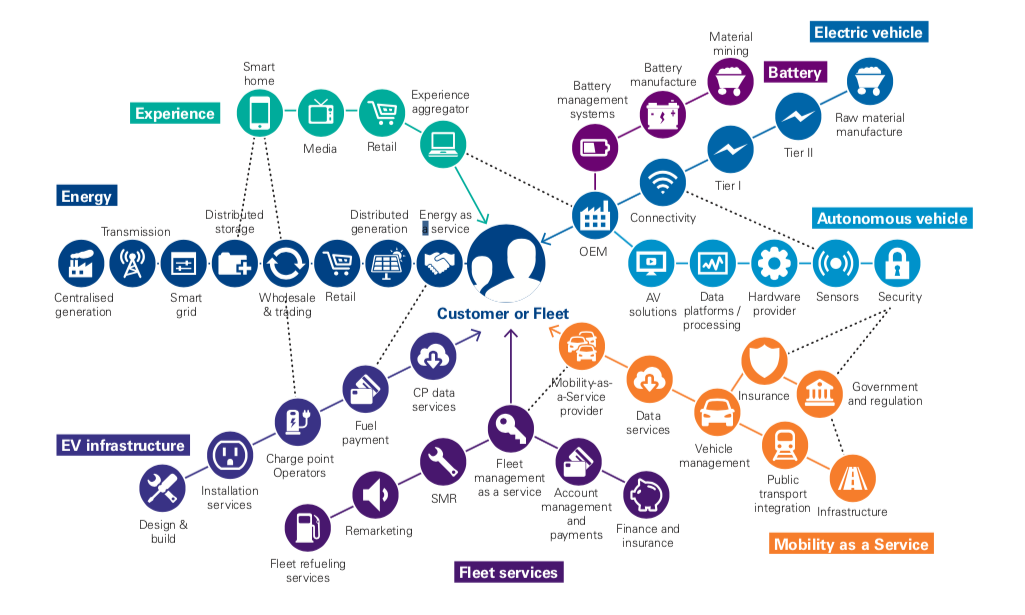Putting "Smart" Mobility in its PLACE...
Two weeks ago, our CTO, Andy Likuski and I attended the MOVE Smart Mobility conference in London. We were graciously offered pro bono space in the Startup Village, along with dozens of other “mobility” startups. We spent two days - mostly not moving - among a slew (207 to be exact) of exhibitors focusing on helping people ostensibly “move” more smartly through a city. And as we had a bit more downtime than we would have liked (more on why, below), Andy and I (over)indulged in our now typical deprecating banter about all that’s wrong with, well, mobility…
It was almost beautifully ironic that the MOVE conference was hosted at the Excel Exhibition Center in London, not too far from the core of the Olympic Village, and 45 minutes away from anywhere we, as urbanists, would actually like to explore (and move in). Now, this is not meant to reflect poorly on MOVE itself - as most exhibition-centered conferences of this size are oft relegated to far-flung parts of cities, typically not accessible by public transport, in which pedestrian-friendly design is an afterthought. In fact, to its credit, the Excel is linked to the “DLR” or Docklands Light Railway by a relatively easy to access pedestrian overpass (I’m not sure how the disable fared as the elevator seemed to be out of commission…). However, the Excel perfectly embodied the other two typical characteristics of exhibition centers. And while the distance is understandable (exorbitantly high city center per square foot prices make it completely infeasible to locate these kinds of massive spaces anywhere else, really), the mind numbing at best, downright unsafe at worst (traffic wise) conditions are never acceptable.
Upon arriving at the DLR station for the conference - which happened to be the same as for the Airbnb where I was staying - I was exhausted from my 12 hr flight from Shanghai and the 1hr 45 minute commute from Heathrow. I just wanted the “last mile” (it wasn’t that long but it felt that way) of my commute to be easy and pleasant. But after lugging my bag (which was heavier than it should have been but come on, I was traveling for two weeks and visiting three cities that varied from 0 to 80 degrees) down two flights of stairs, I realized that although my destination was squarely “across the street,” clearly whoever put those stairs there did not ever intend for you to cross any street. So back up the stairs I went, only to walk by my destination on the pedestrian overpass, walk three times as long down a pedestrian ramp (at least it was available), walk through a parking lot, tightrope down a narrow sidewalk along what looked essentially like a highway on-ramp, get back to essentially where I started, only now at ground level, walk past another parking lot, edge along the shoulder of a road (that motorists clearly confused for a speedway), walk through another parking lot, to finally arrive at the entrance of my Airbnb. Andy and I had to do this walk about a dozen times, each time fueling our ire evermore. We did try the alternate route Google suggested one time, which avoided the circuitous routing…but dare I say that was worse. Seriously, just browse through the two routes below…(route to Excel on the left; route to other DLR station on the right).

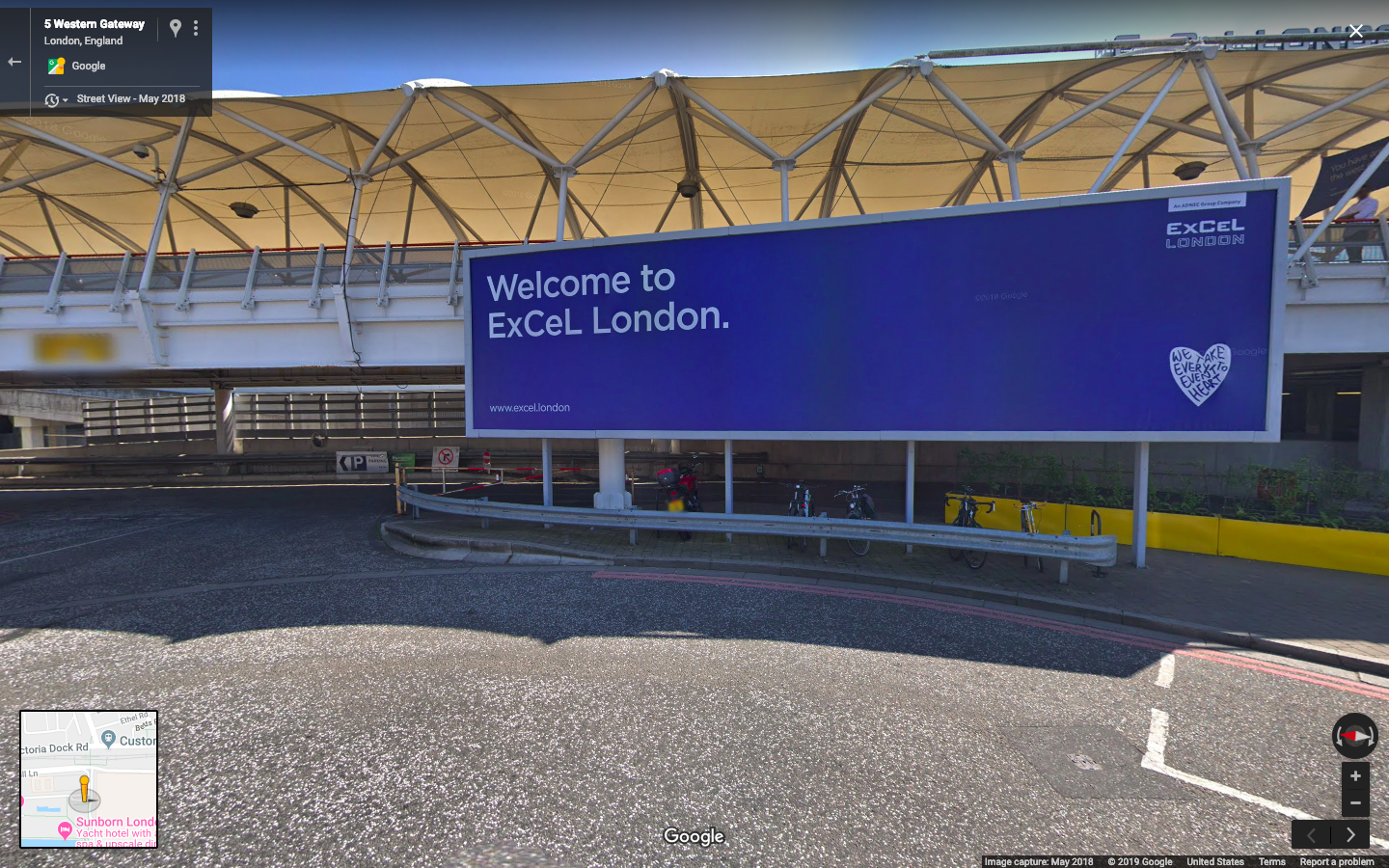
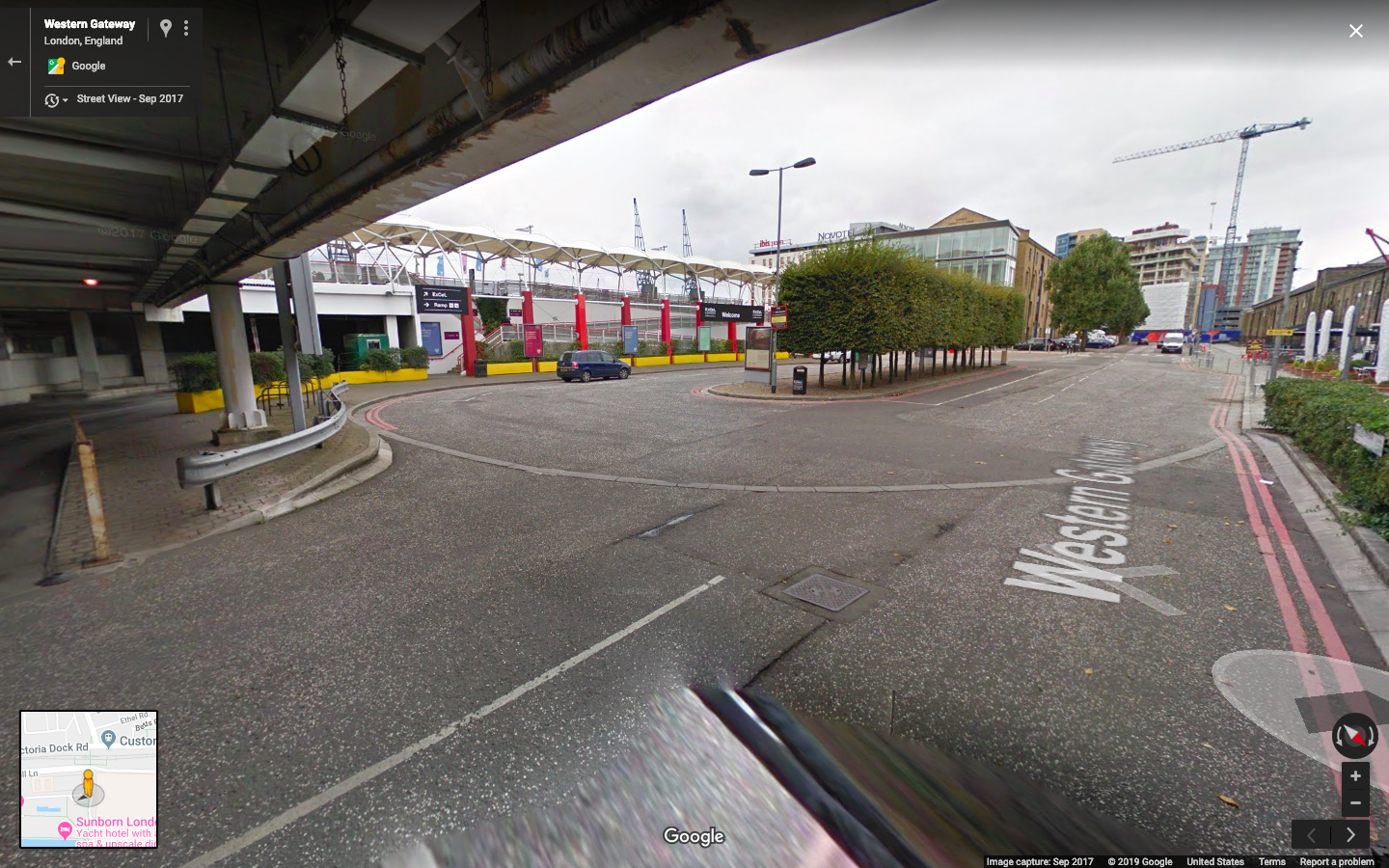
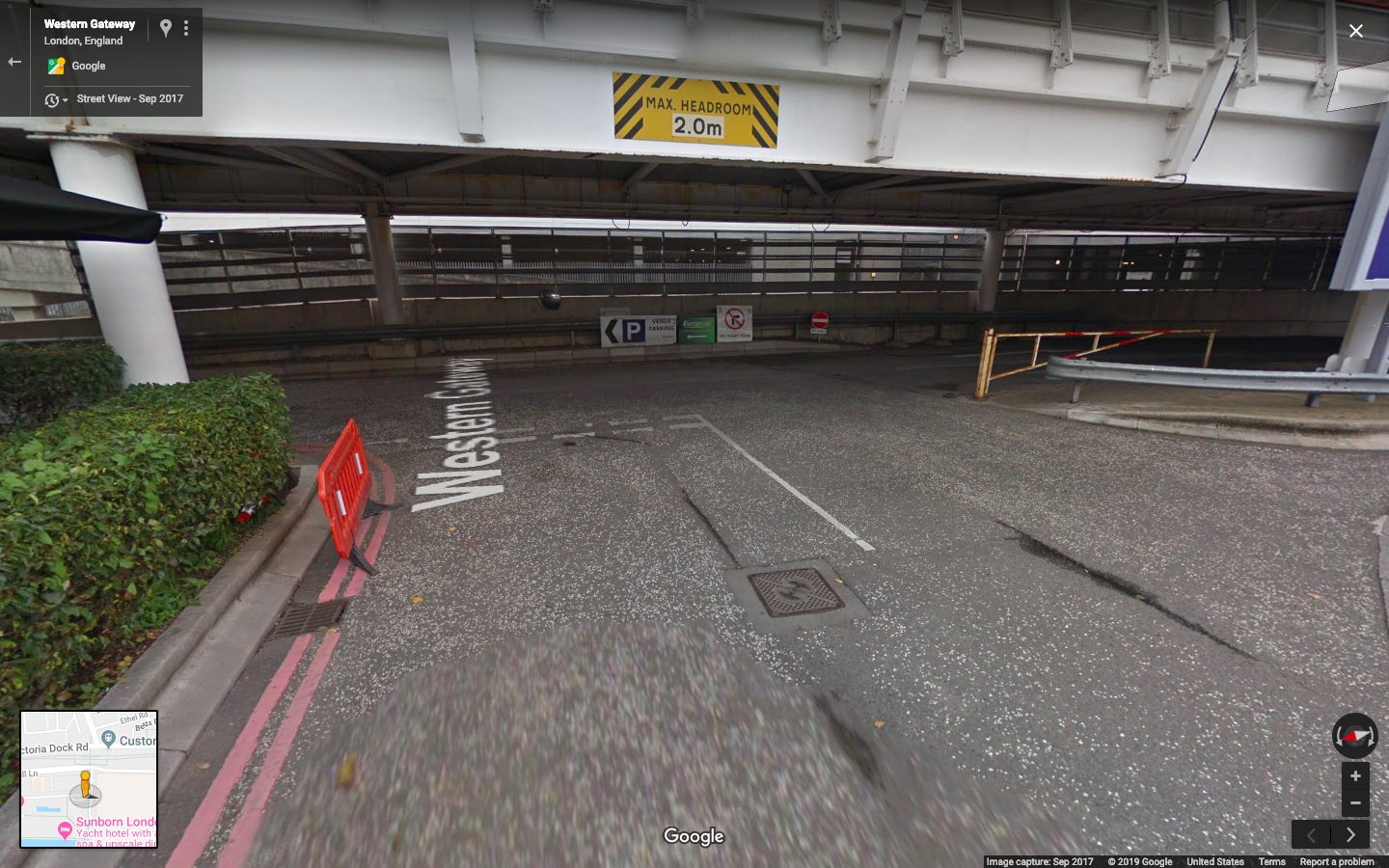
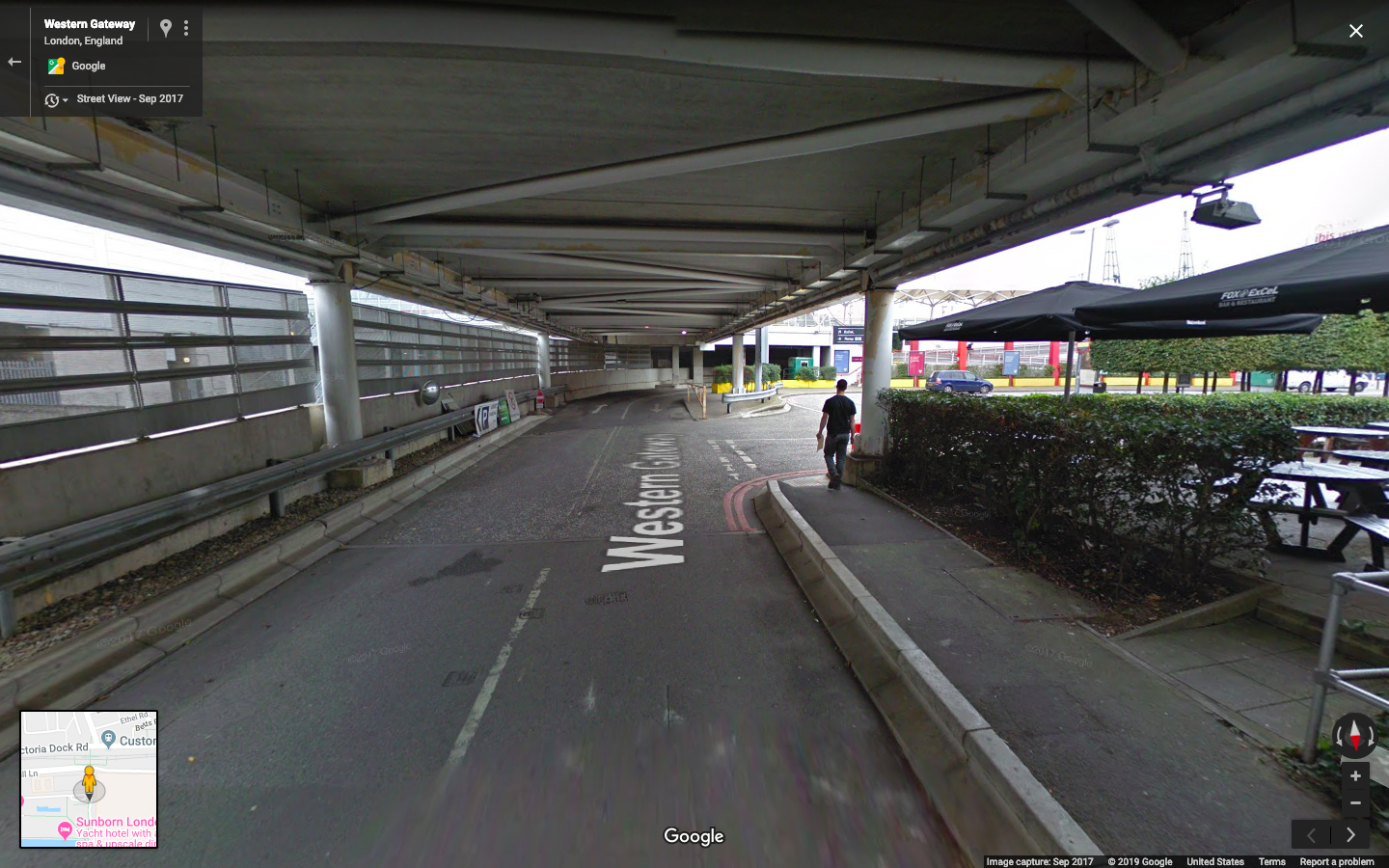
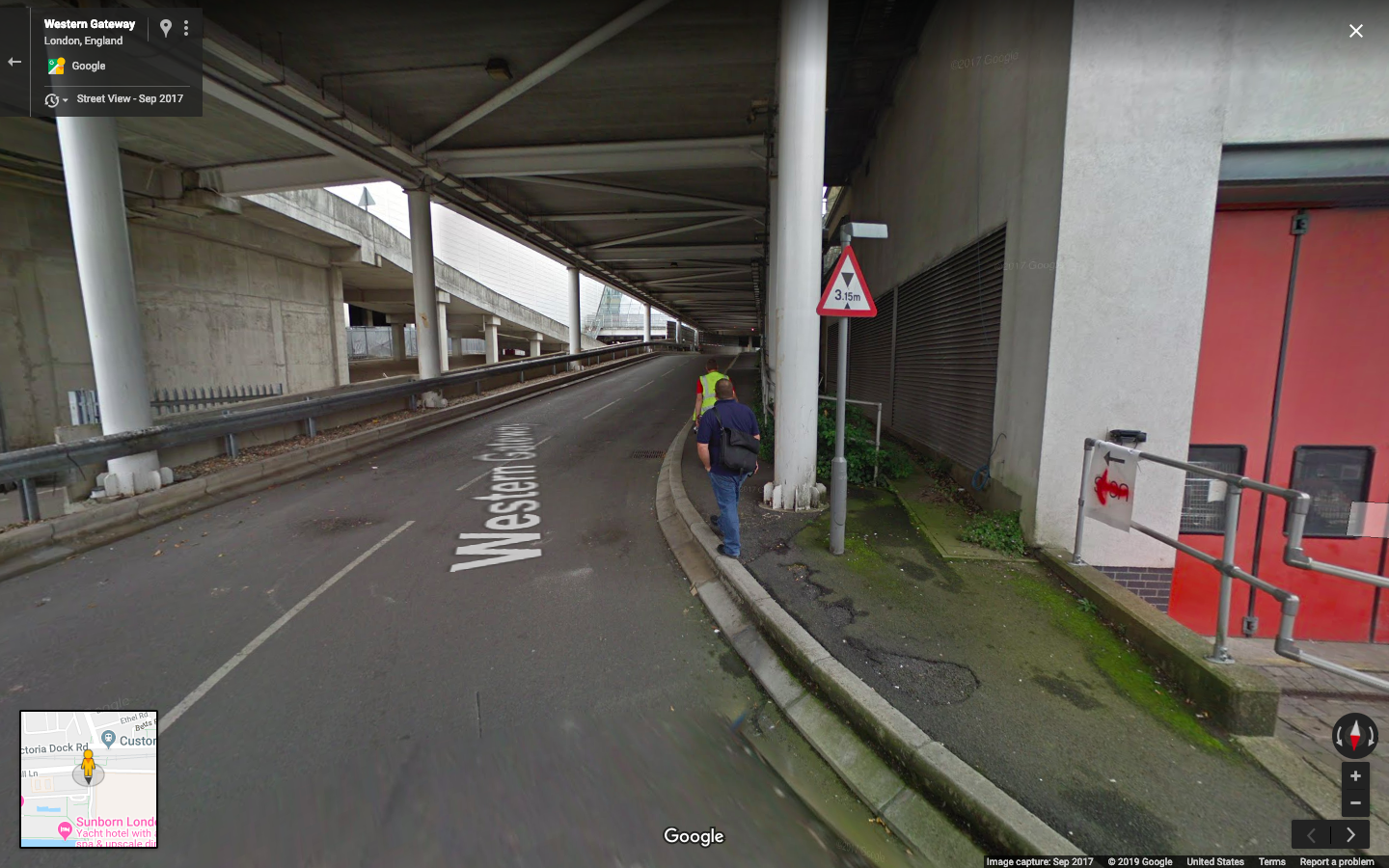

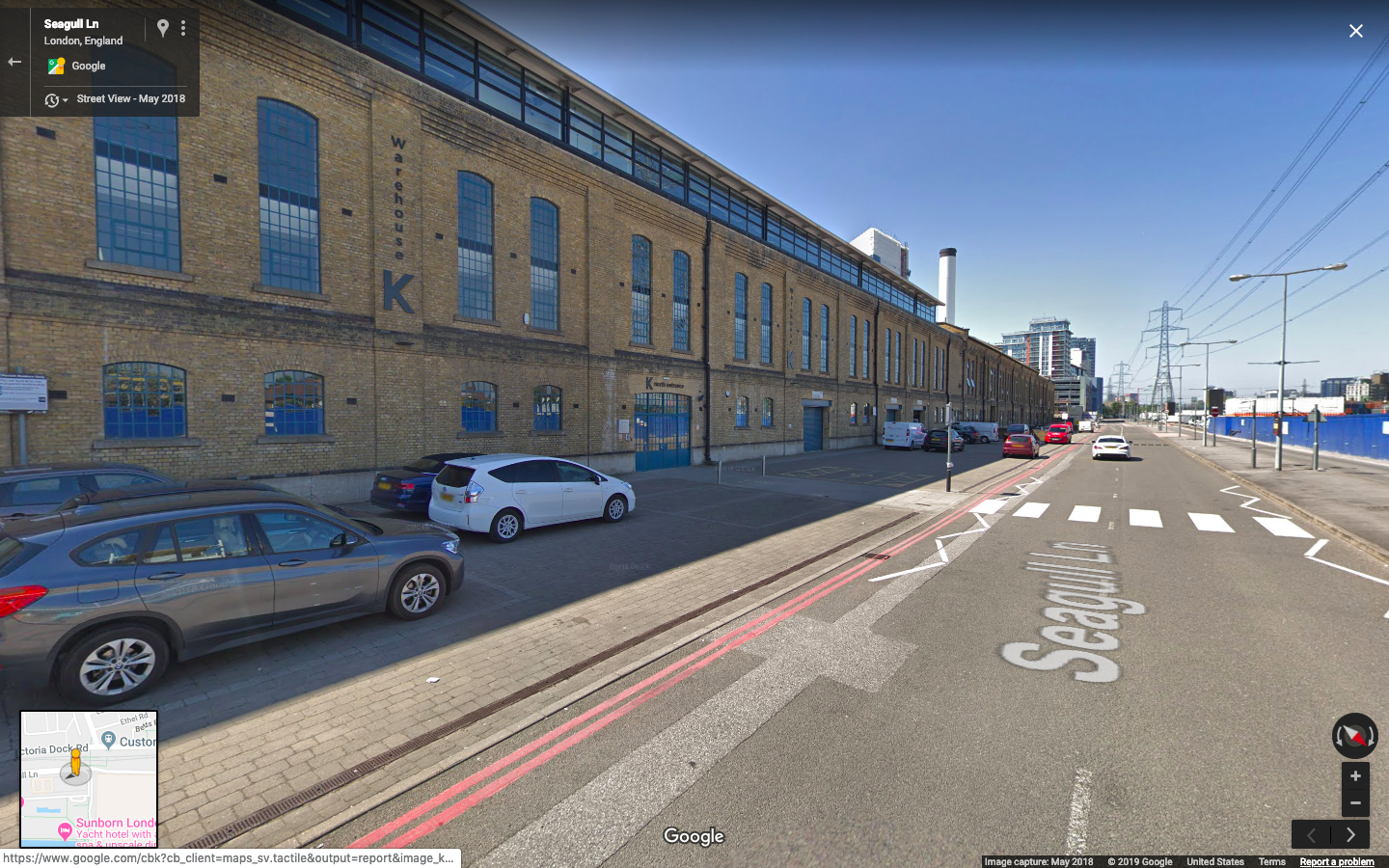


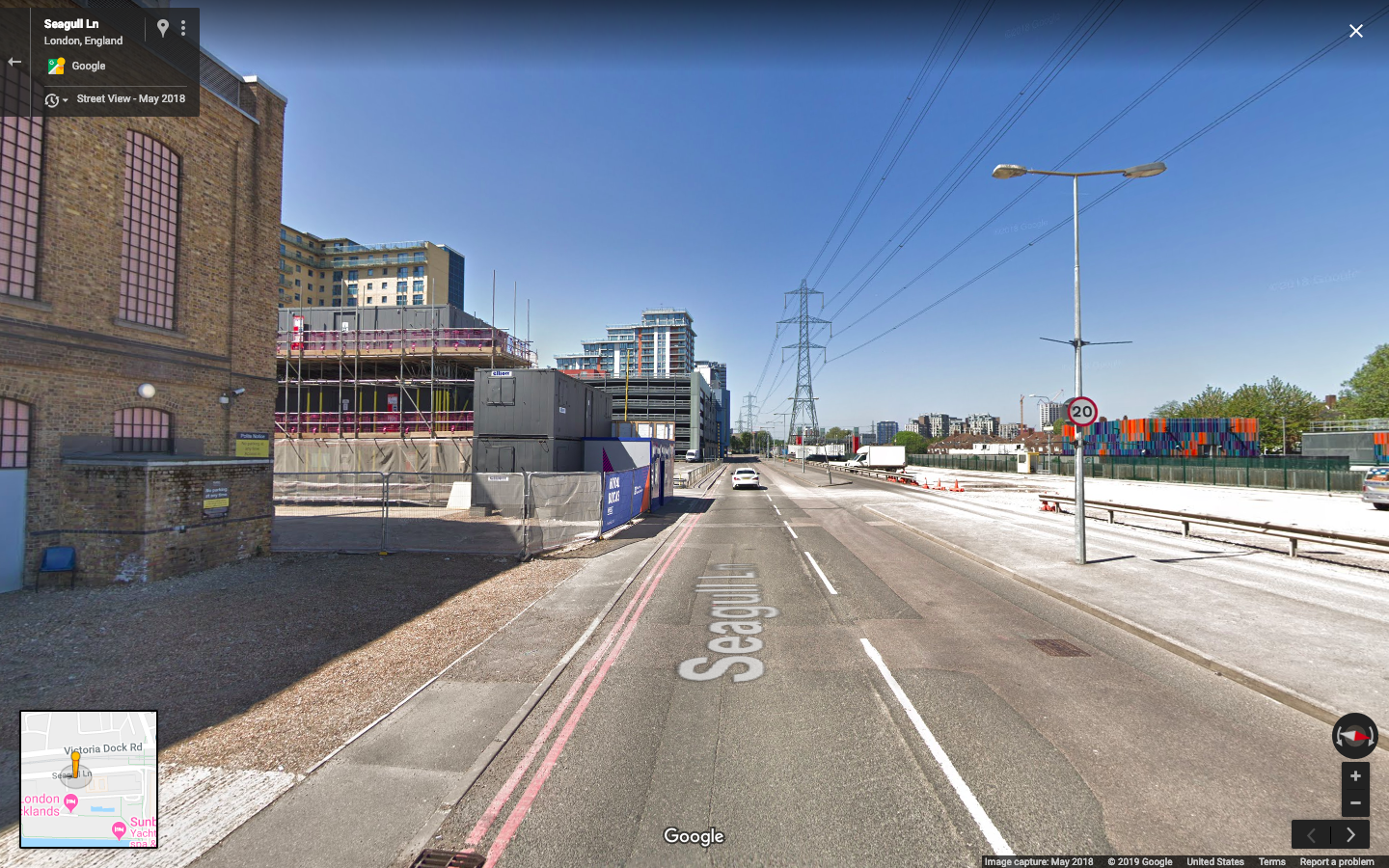
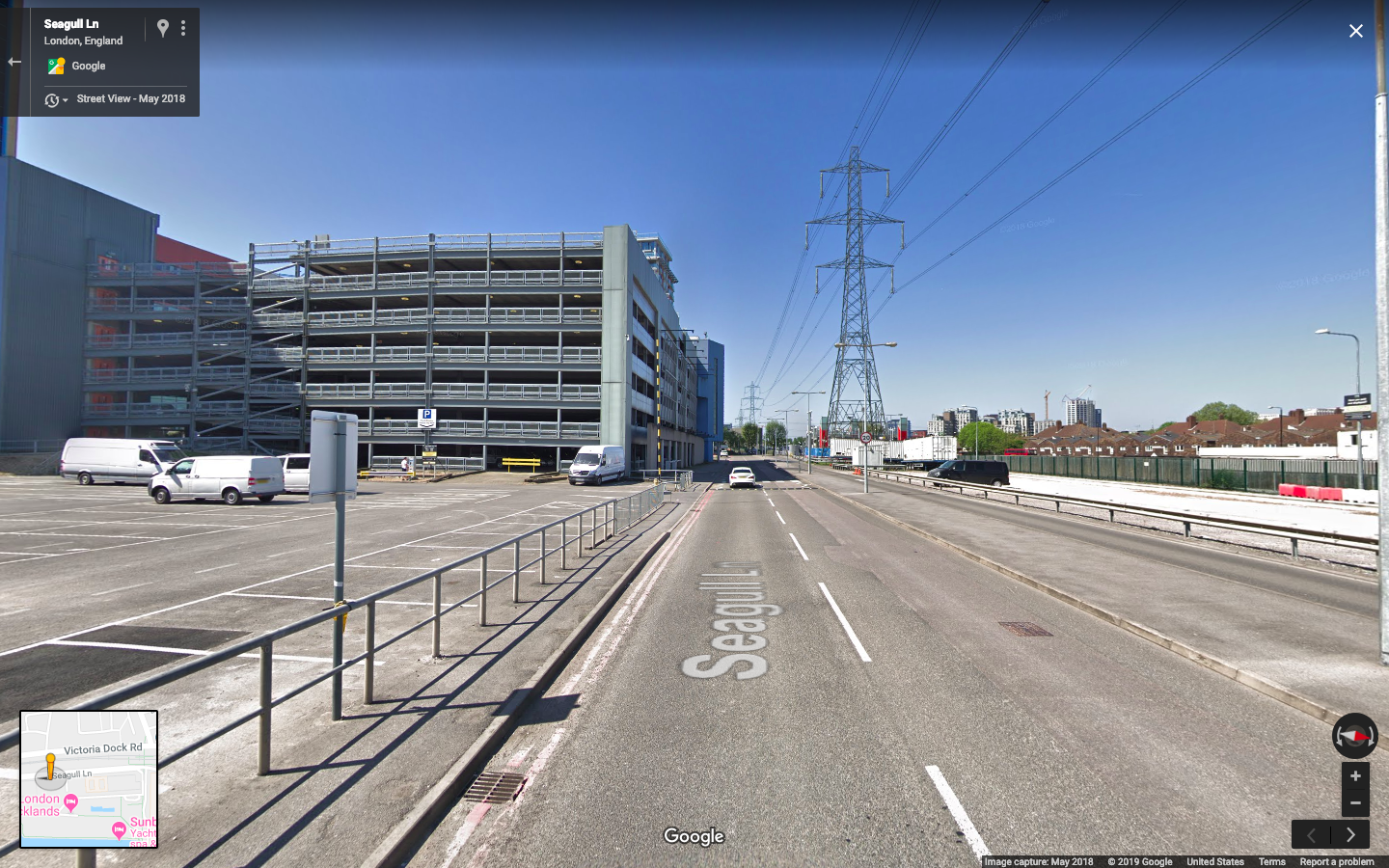
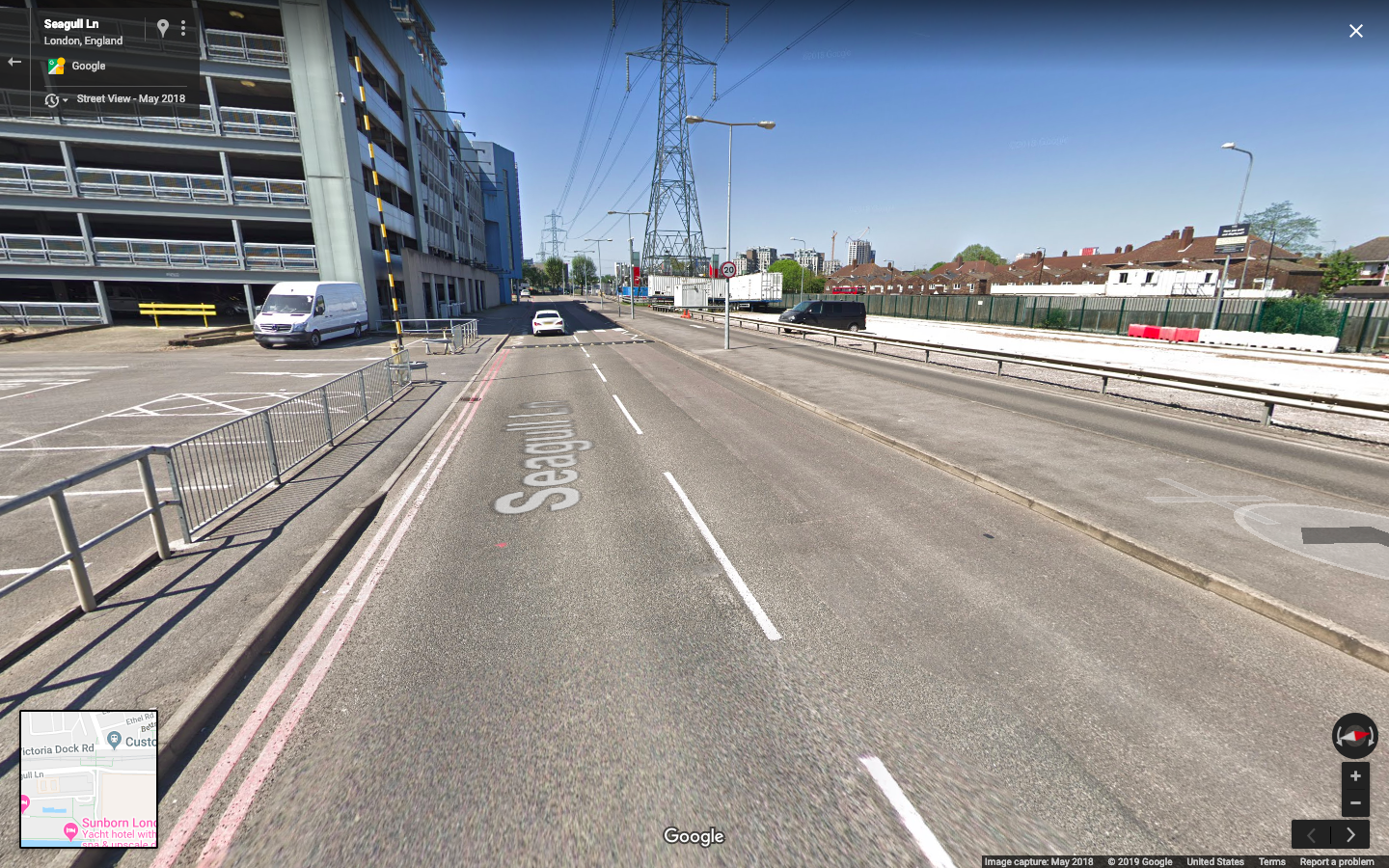

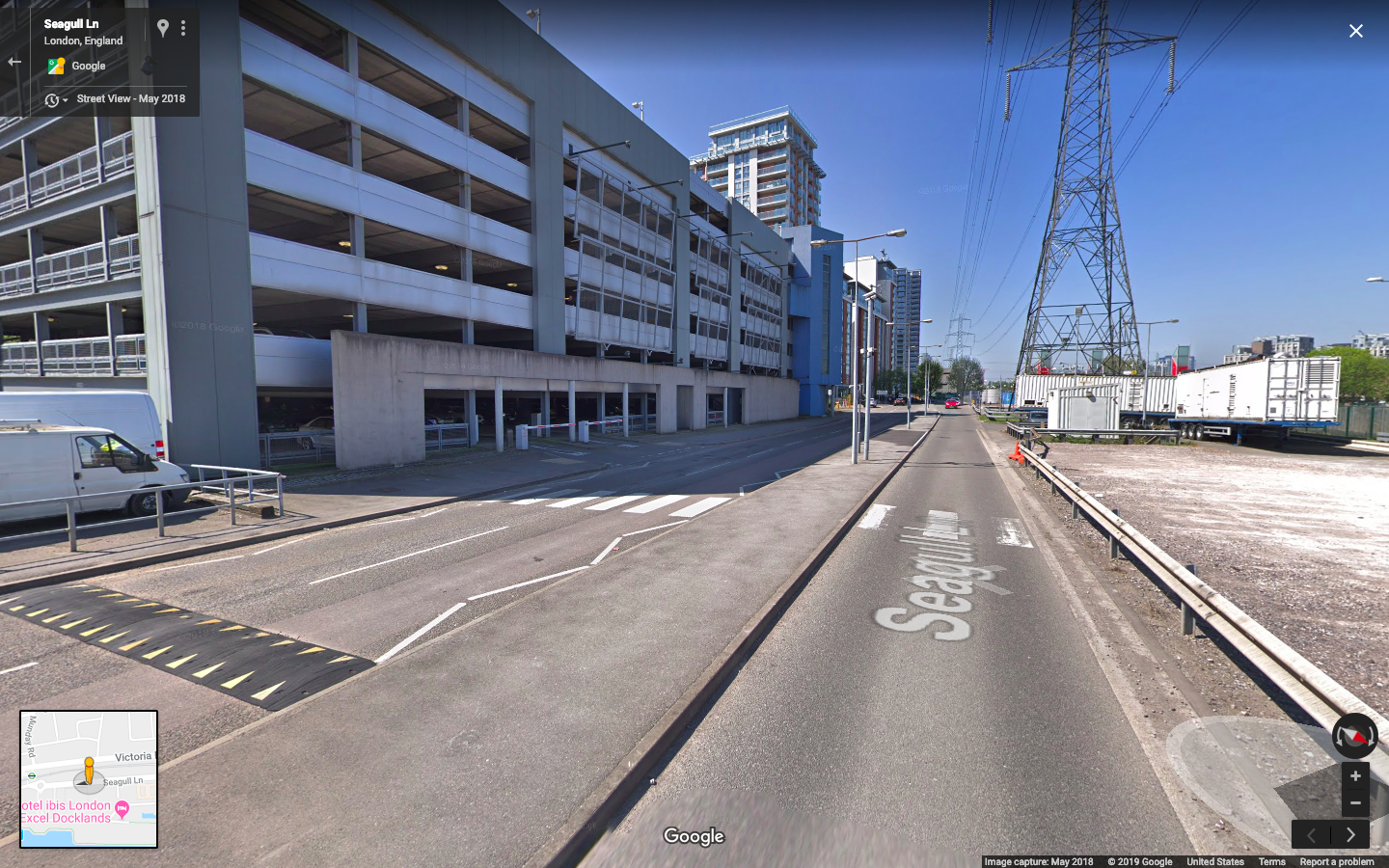
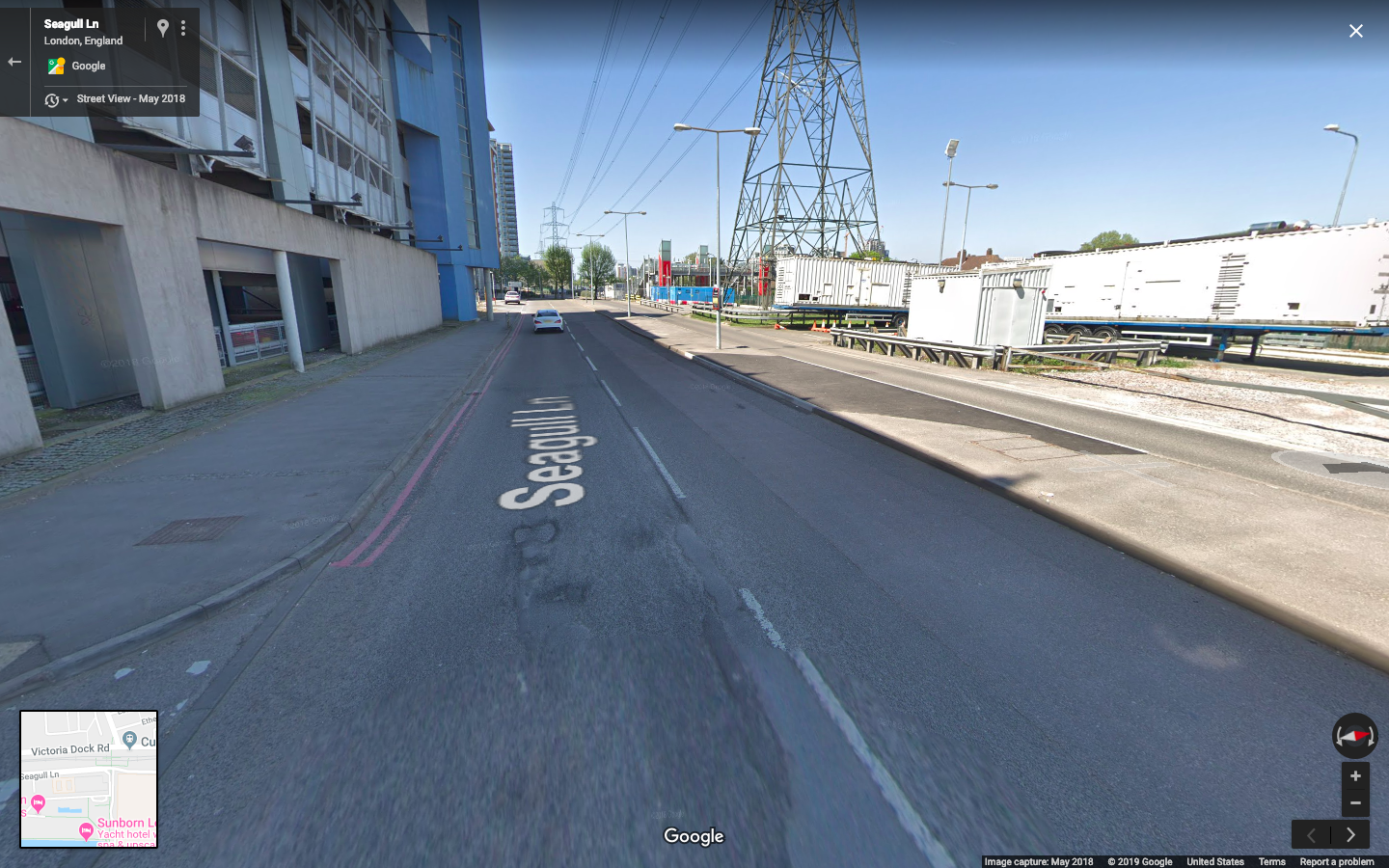
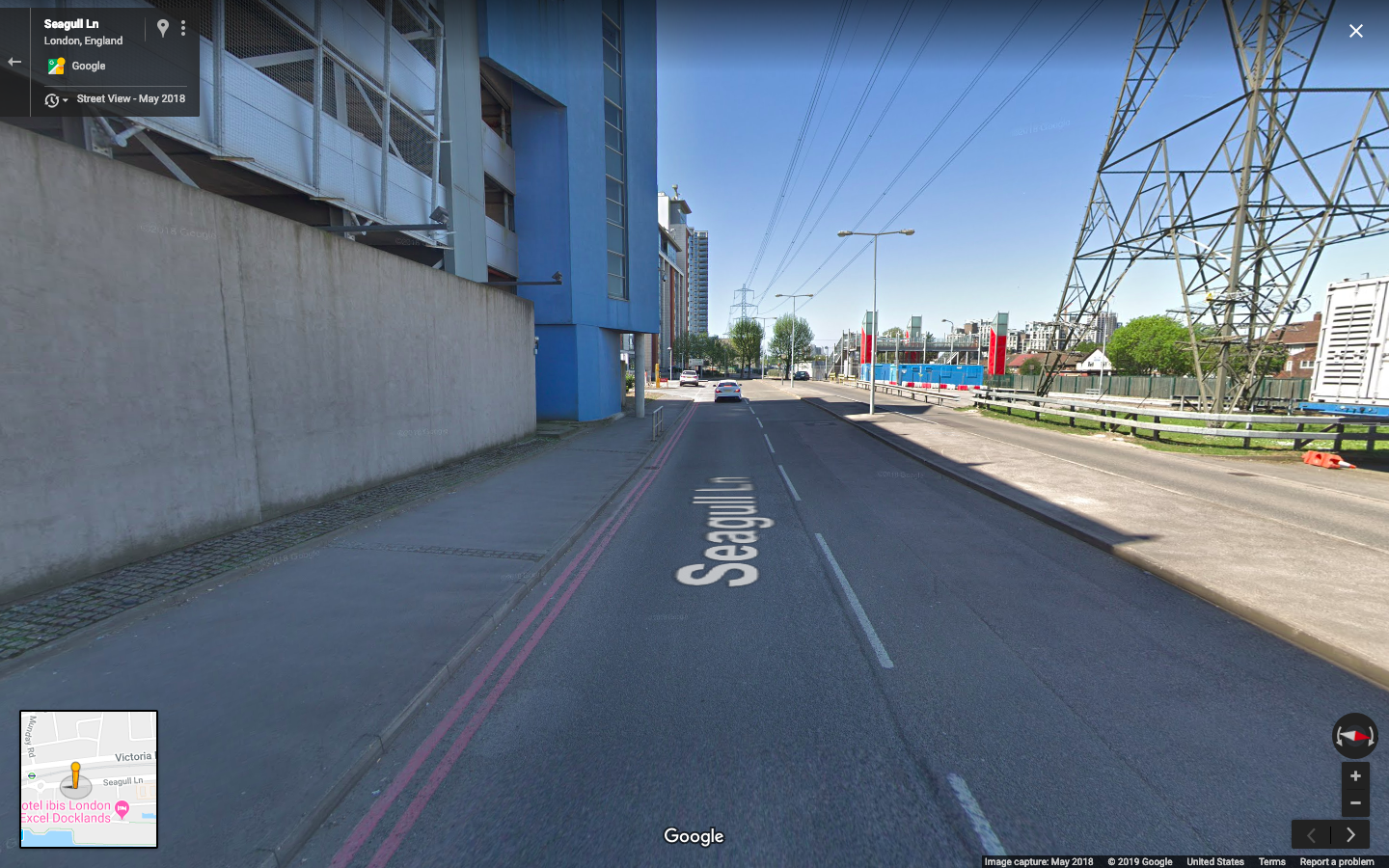
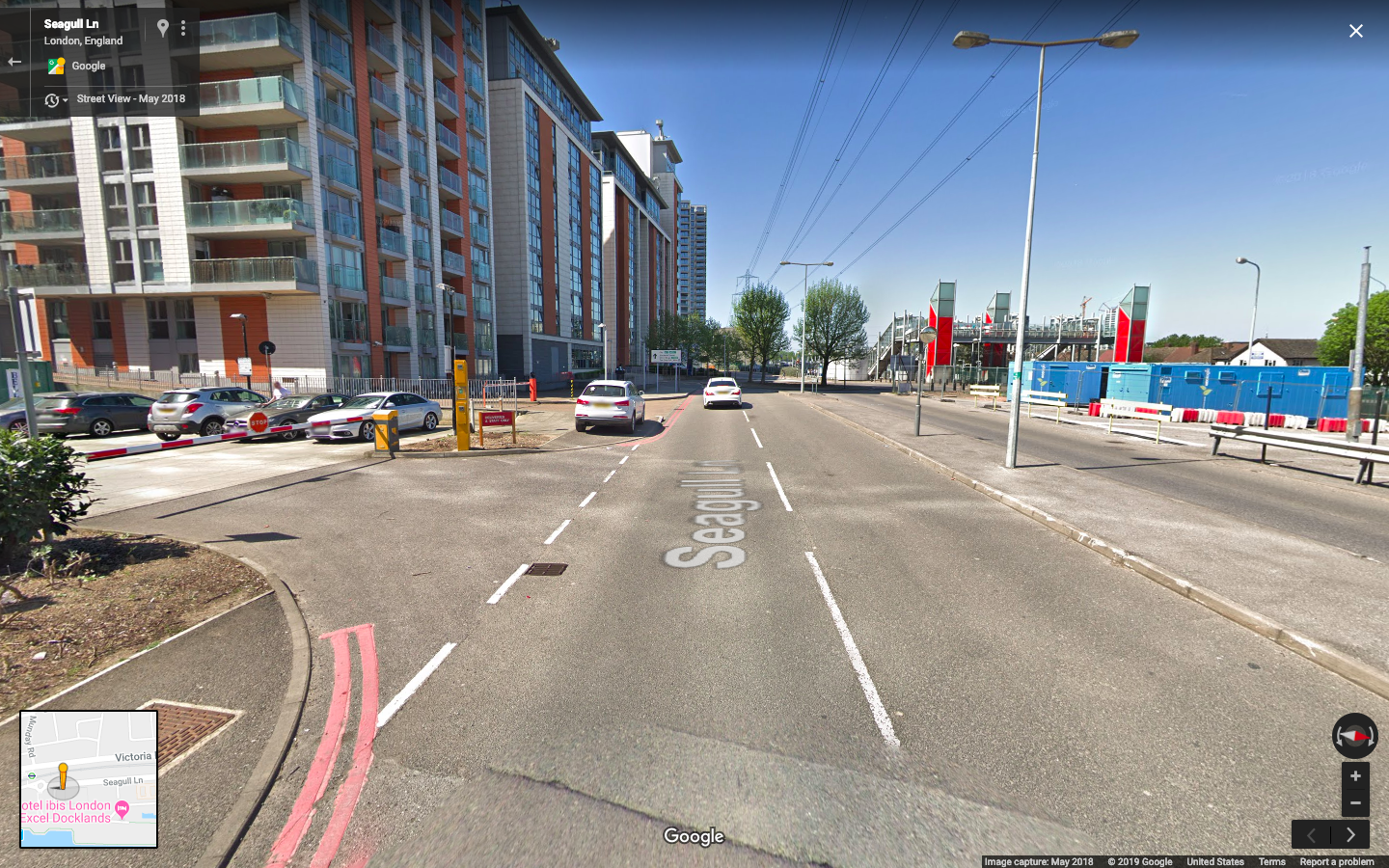
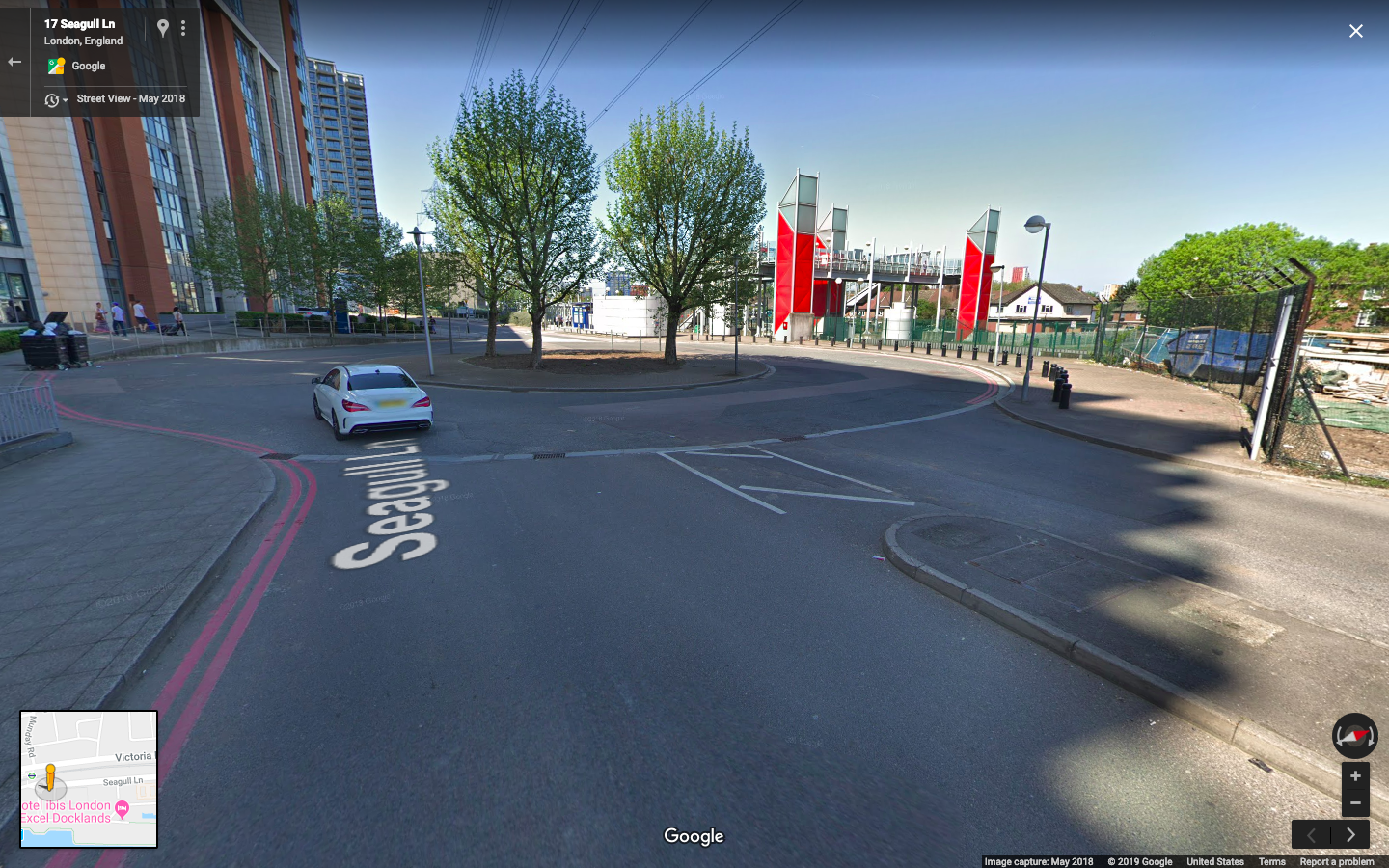

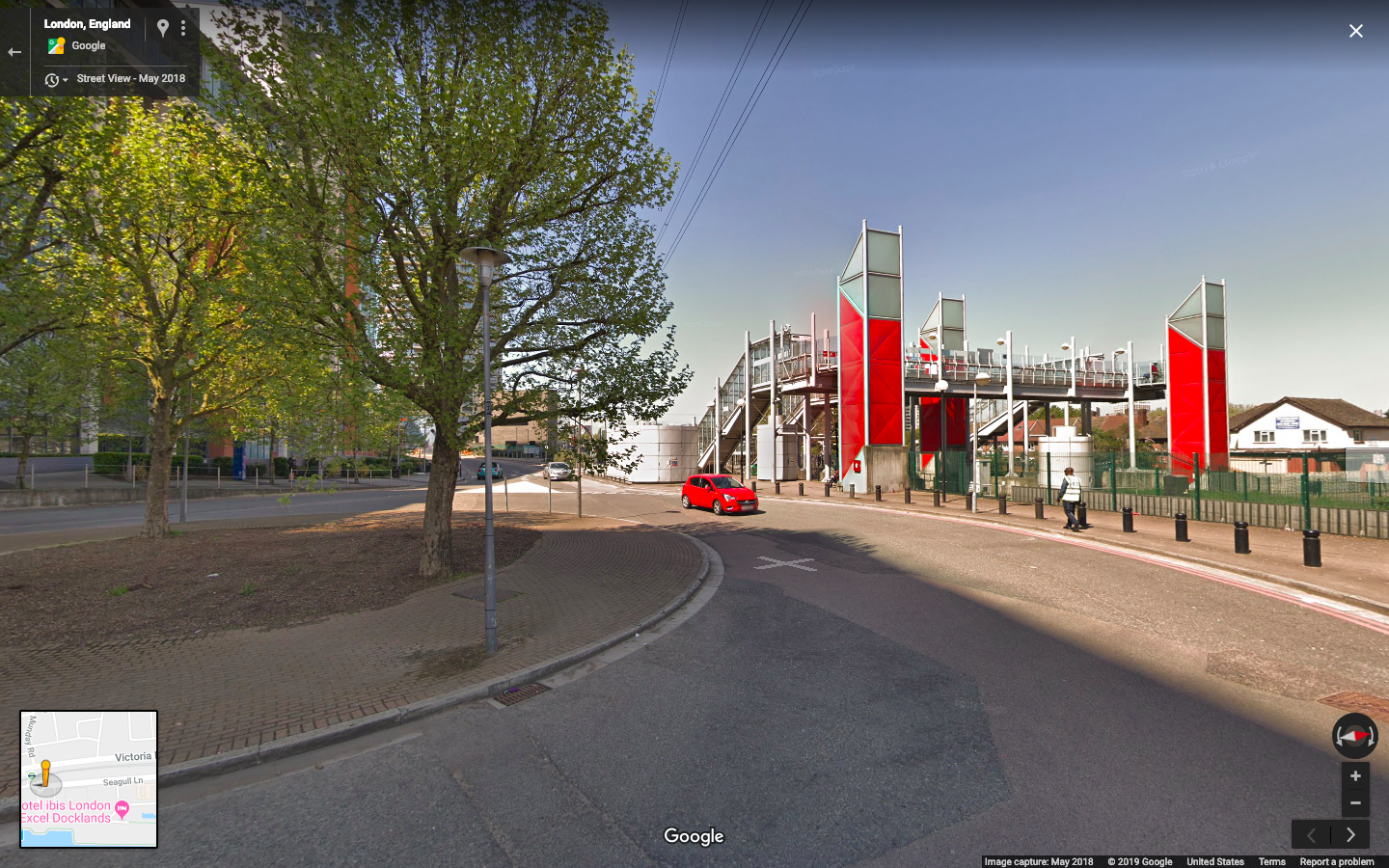
But I suppose none of this is surprising, given the focus of the majority of the companies exhibiting at MOVE. That was the other topic Andy and I obsessed over and bemoaned for hours as we saw people perplexedly perusing our logo and tagline and mostly move on by us…because what could placemaking and urban design really have to do with mobility!? We noticed that most of the companies exhibiting were focused on moving people through cars - just in some tech-enhanced way. The floor was dominated by companies offering autonomous and/or electric vehicle related technology and services, some sort of ride sharing/ride-hailing app or service, and mobility (read mostly cars) software providers. To ensure we weren’t just being stereotypically curmudgeonly urban planners, I did a mostly data-driven analysis of the 207 companies (including exhibitors) at MOVE — note that I could only decipher what 196 of these actually did (and some of those were still a little - um…head-scratching…someone please help them not write pure jargon on their websites!). Turns out Andy and I didn’t just have our anti-car-colored glasses on. A whopping 80% of the companies exhibiting at MOVE had something to do with cars…indeed dominated by AV/EV tech, Ridesharing/Hailing or Mobility Software (our eyes did not deceive us).
Sadly, only 4% related to public transport (they need to be smarter too!), only 3% each for micromobility, bike-related companies, and urban planning tech, and only 1% were related to walking. Indeed, even consulting giant, KPMB’s assessment of the Smart Mobility space is decidedly missing anything having to do with the built environment or walking (talk about the most inherently sustainable, innately carbon-negative, oldie-but-goodie, been around since the home-erectus period, original, smartest form of transportation)!
Guys, this is NOT acceptable. I know there are a ton of you all out there — walking advocates, placemaking geeks, urban planning nerds! Maybe these car-centered mobility folk think of us as old-skool. Maybe we’re an after-thought. Heck, maybe we’re not a thought at all to them and they truly don’t get that the built environment, that walking, that PLACE is the key - yet missing - piece of what they call Smart mobility. Well, let’s take a place at the smart mobility table ourselves! Urban-techies of the world passionate about making places better - who are focused on democratizing our streets, on making streets for people, first and foremost - there’s nothing smarter than that! We need more of us!
Again, as we’ve noted over and over on this blog, countless research has shown the multitude of benefits of walkability and bikeability (see section on Power of Place). Simply by making our streets more convenient, safe, comfortable, and pleasurable to walk or bike (or scoot on, etc.), we can reduce collisions, slim our waistlines, reduce pollution, increase happiness, mitigate climate change, and make economies thrive for all. No smart car - no matter how intelligent - can claim to do all of that! I truly worry about focusing so much of our energy (literally and figuratively), so much of our collective “smarts,” just on making the current, prevailing form of transportation slightly better. Yes, of course, emissions from vehicles are a huge part of the problem, and yes, it makes sense to utilize technological advancements to mitigate that. But does it have to be 80% of companies in the mobility space? Isn’t that overkill? Plus, we’re missing a big part of the equation - the place we are moving around in! If we make it more convenient to drive than to take other, inherently more efficient (emission and otherwise) forms of transportation, we’ve created a too smart by half mobility solution.
Let’s take part of that mobility pie and put it toward enhancing non-vehicular mobility AND on designing better streets. It’s mind boggling that only two companies — us, State of Place and Streetmix — at MOVE were focused on addressing the physical environment itself (and we’re the only ones integrating evidence on what we already know facilitates more walking, increases street safety, maximizes ROI, etc. to automatically recommend how to make places better all around). I don’t want to be so lonely anymore - I need more of “my people” represented in the world of Smart Mobility. So I challenge all of us in the citymaking world to harness technology to elevate the power of PLACE and claim our proper place at the smart mobility table…And to future mobility conference organizers, I challenge you to strive for more balance across modes represented within the program and exhibition floor and to make sure that city design itself is a large(r) part of the conversation (oh, and please locate in more walkable/bikeable environments)! And pppssst…car folks, come join the “other” side - there’s other ways to use those awesome brains of yours to enhance urban mobility!
Aaand, if you want to know more about how we use built environment and urban design data to help citymakers make the case for better places AND identify the changes needed to not just boost truly smarter mobility but also maximize ROI, please chat with us or dig into our software right away with your free trial!

